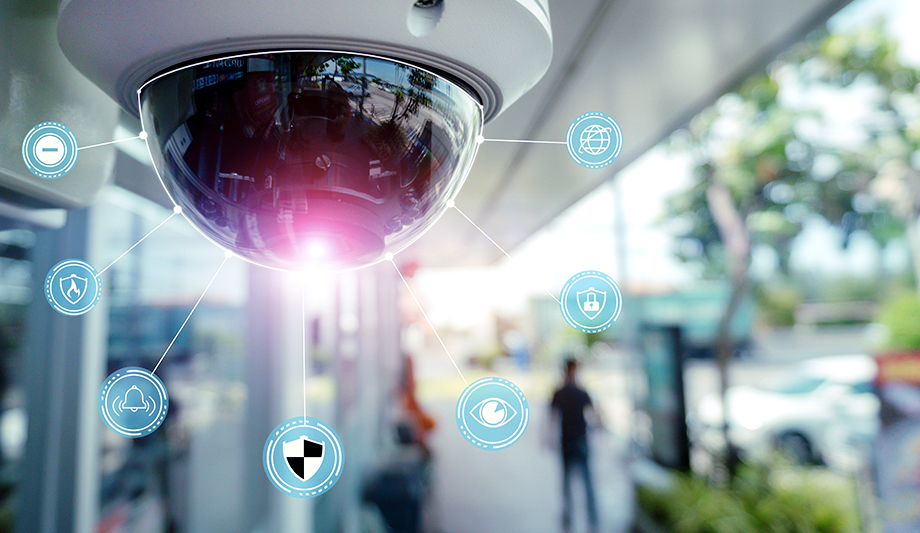In the realm of security and surveillance, video surveillance systems have become ubiquitous, silently monitoring our surroundings with an unblinking eye. While the visible aspects of these systems are readily apparent cameras strategically placed in public spaces, commercial establishments, and private properties there exist unseen forces that shape the effectiveness and impact of these surveillance networks. One of the unseen forces at play is the power of data analytics. Modern video surveillance systems are not just about recording and storing footage they are equipped with advanced analytics capabilities that can decipher patterns, detect anomalies, and provide valuable insights. Artificial intelligence algorithms can analyze vast amounts of video data in real-time, identifying suspicious behavior, recognizing faces, and even predicting potential security threats. This level of sophistication goes beyond mere observation, transforming video surveillance into a proactive tool for crime prevention and risk mitigation.

The integration of facial recognition technology is another unseen force that raises both promises and concerns. On one hand, facial recognition enhances the ability to identify individuals, aiding in criminal investigations and enhancing public safety. On the other hand, it raises significant privacy issues, as the technology can be misused or lead to unwarranted surveillance of innocent individuals. Striking a balance between security and privacy remains a challenge, emphasizing the need for responsible deployment and ethical use of facial recognition within video surveillance systems. The invisible infrastructure supporting video surveillance systems is crucial for their seamless operation. Network connectivity, storage capacity, and cybersecurity measures form the backbone of these systems. The reliability of surveillance footage depends on a robust network infrastructure, ensuring that cameras can transmit data in real-time without interruptions. Adequate storage capacity is essential for archiving footage for forensic analysis or legal purposes. Simultaneously, cybersecurity measures protect against unauthorized access, ensuring that the very surveillance meant for security does not become a vulnerability. The human factor is a subtle yet vital force influencing video surveillance systems.
Monitoring and managing these systems require skilled personnel who can interpret data, respond to alerts, and make informed decisions. Human operators play a crucial role in filtering out false alarms, distinguishing between normal and suspicious behavior, and coordinating with law enforcement when necessary. Moreover, ethical considerations come into play when determining who has access to the surveillance data and how it is used. Striking a balance between technological efficiency and human judgment is essential for the responsible and effective deployment of video surveillance systems. Legal and regulatory frameworks constitute an unseen force that shapes the landscape of video surveillance. Governments and jurisdictions worldwide are grappling with the need to establish clear guidelines regarding the use of surveillance technology. Balancing the imperative for public safety with individual privacy rights is a delicate task that involves navigating complex legal and ethical considerations. As technology continues to advance, the legal and regulatory frameworks must evolve to ensure that video surveillance systems are employed responsibly and ethically. As we navigate the evolving landscape of security, it becomes imperative to strike a delicate balance that harnesses the benefits of video surveillance company san antonio while safeguarding individual privacy and civil liberties.